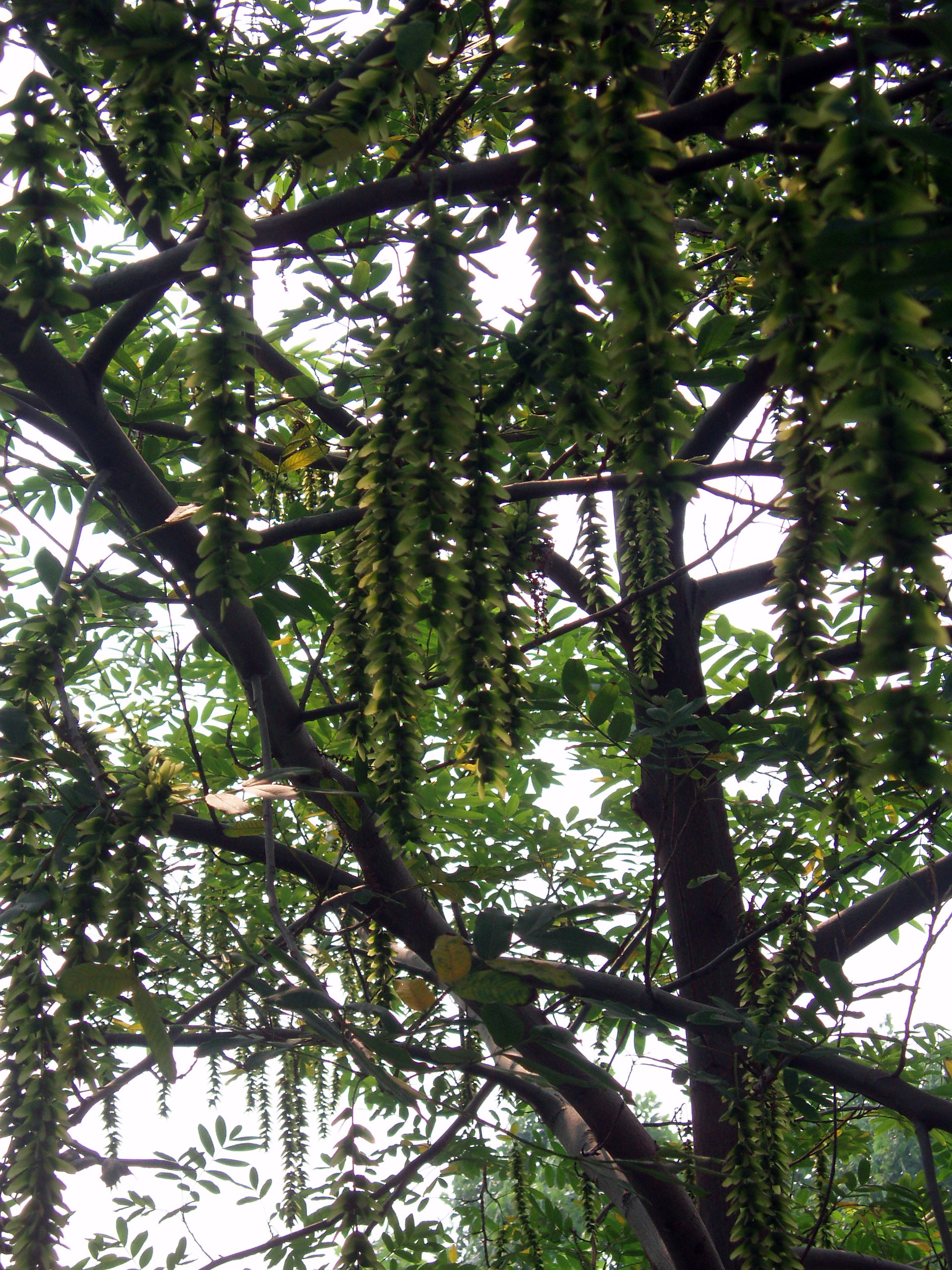Pterocarya Stenoptera on:
[Wikipedia]
[Google]
[Amazon]
''Pterocarya stenoptera'', the Chinese wingnut (), is a small-winged wingnut tree of the
 ''Pterocarya stenoptera'' is quite similar to '' P. fraxinifolia''. The major difference lies in the shape of the wings on the fruit: reminiscent of the wings of the common fly, they are connected to the two sides of the walnut shaped fruit, which is about the size of a
''Pterocarya stenoptera'' is quite similar to '' P. fraxinifolia''. The major difference lies in the shape of the wings on the fruit: reminiscent of the wings of the common fly, they are connected to the two sides of the walnut shaped fruit, which is about the size of a
Juglandaceae
The Juglandaceae are a plant family known as the walnut family. They are trees, or sometimes shrubs, in the order Fagales. Members of this family are native to the Americas, Eurasia, and Southeast Asia.
The nine or ten genera in the family have ...
family. It is originally from Southeast China
China, officially the People's Republic of China (PRC), is a country in East Asia. It is the world's most populous country, with a population exceeding 1.4 billion, slightly ahead of India. China spans the equivalent of five time zones and ...
.
Description
 ''Pterocarya stenoptera'' is quite similar to '' P. fraxinifolia''. The major difference lies in the shape of the wings on the fruit: reminiscent of the wings of the common fly, they are connected to the two sides of the walnut shaped fruit, which is about the size of a
''Pterocarya stenoptera'' is quite similar to '' P. fraxinifolia''. The major difference lies in the shape of the wings on the fruit: reminiscent of the wings of the common fly, they are connected to the two sides of the walnut shaped fruit, which is about the size of a chickpea
The chickpea or chick pea (''Cicer arietinum'') is an annual legume of the family Fabaceae, subfamily Faboideae. Its different types are variously known as gram" or Bengal gram, garbanzo or garbanzo bean, or Egyptian pea. Chickpea seeds are high ...
. The wings lie in two different planes.
The fruits develop in the summer on 25 cm long catkins, hanging from the distinctly differently textured green foliage. The fruiting catkins are frequently considered desirable from a landscaping perspective.
The foliage is dense, though it can be thinned by pruning. The alternate deciduous leaves are pinnately compound, bearing odd numbers of elliptic-oblong pinnately-veined leaflets with serrate margins. The bark on the trunk is similar to ''P. fraxinifolia'', but is smoother.
The tree grows rapidly under optimal conditions, easily reaching 70 feet with substantial spreading branches. One tree in Raleigh grew to 25 feet in only six years, with a trunk diameter of fourteen inches. Trunk diameters as large as eight feet have been reported. The USDA rates this tree as being appropriate in zones 6B - 11.
Distribution and habitat
Forests on mountain slopes or riverbanks; near sea level to 1500 m. Anhui, Fujian, Gansu, Guangdong, Guangxi, Guizhou, Hainan, Hebei, Henan, Hubei, Hunan, Jiangsu, Jiangxi, Liaoning, Shaanxi, Shandong, Shanxi, Sichuan, Taiwan, Yunnan, Zhejiang, Japan, Korea.eFloras, 2009Ecology
''Pterocarya stenoptera'' propagates readily from seed that has received approximately three months of cold moiststratification
Stratification may refer to:
Mathematics
* Stratification (mathematics), any consistent assignment of numbers to predicate symbols
* Data stratification in statistics
Earth sciences
* Stable and unstable stratification
* Stratification, or st ...
. Germination is epigeal
Epigeal, epigean, epigeic and epigeous are biological terms describing an organism's activity above the soil surface.
In botany, a seed is described as showing epigeal germination when the cotyledons of the germinating seed expand, throw off the ...
and typically requires a little more than ten days. The first true ( pinnately compound) leaves appear after the seedling reaches a height of ~6 cm. The young seedlings do well under half-shade and a temperature of ~18 °C (64 °F).
''Pterocarya stenoptera'' can also be propagated by cuttings.
Uses
Used in East Asian classical garden design.Notes
References
* stenoptera {{Fagales-stub